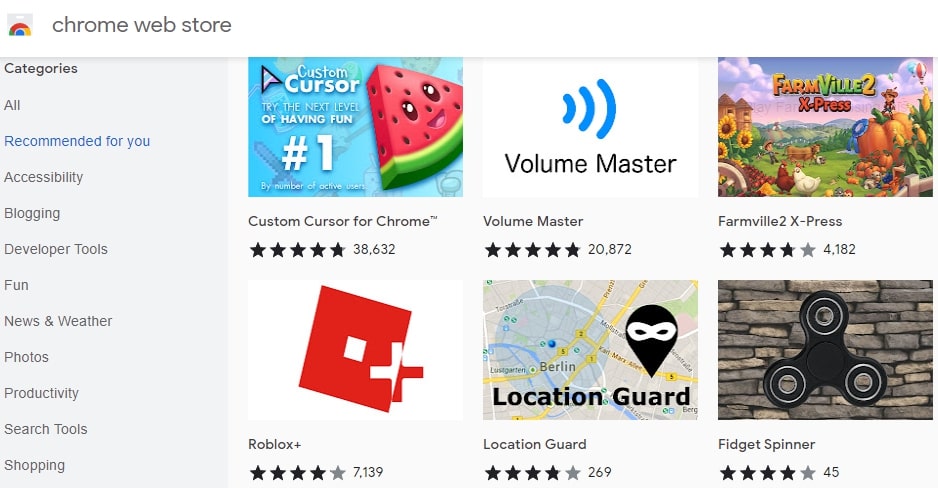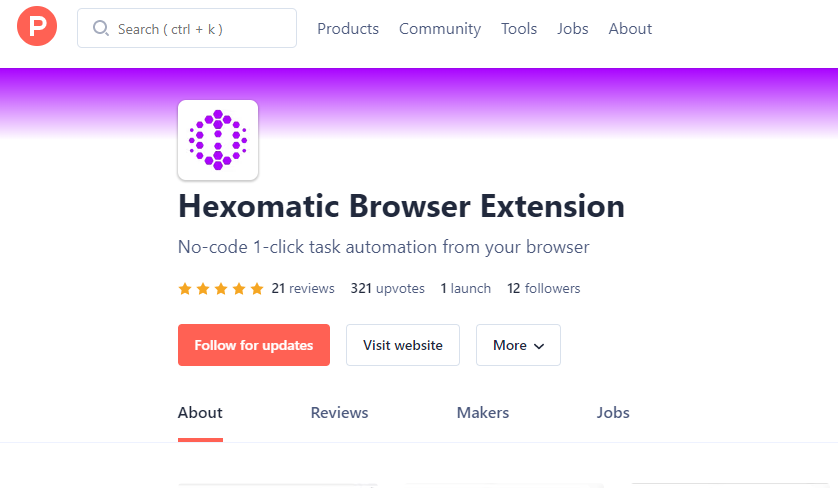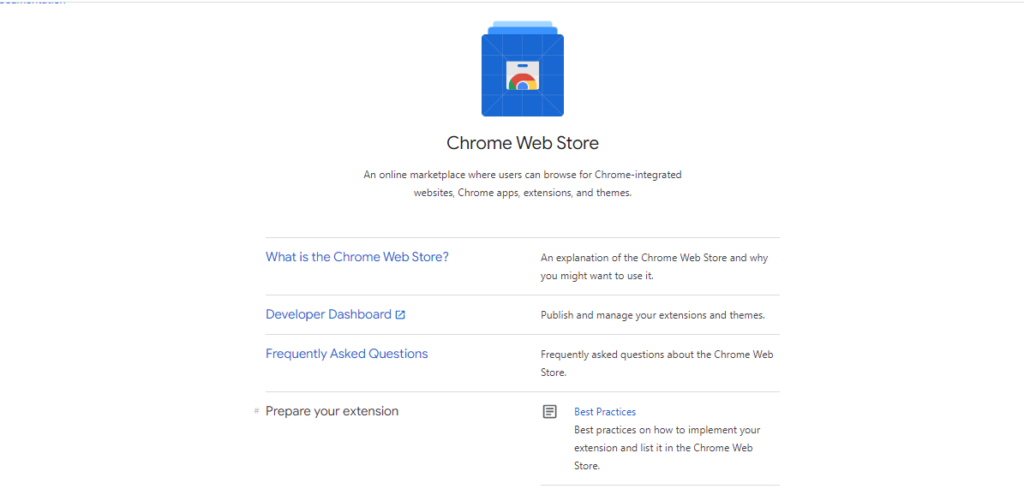How do you promote a Chrome extension?
As a business leader, you’re always looking for new ways to promote your products and reach a wider audience.
With the ubiquity of the internet, one of the best ways to do this is through developing a Chrome extension.
Chrome extensions are small software programs that can customize and improve your browsing experience.
They also provide a great opportunity to promote your brand and reach a wider audience.
In this blog post, we’ll give you tips on promoting your Chrome extension and boosting your business. Let’s take a closer look.
What Is a Google Chrome Extension?

A Google Chrome extension is a computer program that extends the functionality of the Chrome browser.
There are browser extensions for various purposes, from blog writing to online security.
Third-party developers typically develop extensions, and many are available for free. Some extensions are only available for purchase, and Google develops others.
How to Promote Chrome Extensions
1. Get more reviews
One of the best ways to promote your Chrome extension is to get good reviews.
The more reviews you have, the more credible your extension will appear to potential users.
Feedback not only help people decide whether to install your extension. They can also help it rank higher in search results.
You can ask your current users to write their feedback on the Chrome Store or reach out to other bloggers and websites to see if they can write about your extension.
2. Spread the word
Word of mouth is one of the best ways to promote anything, and that goes for Chrome web browser extensions, too.
Tell your friends, family, and colleagues about your extension and ask them to spread the word.
Post about it on social media, submit it to LinkedIn and Reddit, and mention it in articles and blog posts.
3. Make a promotional video
Creating a demo video is another great way to promote your add-on.
You can upload your video to YouTube or other video-sharing sites and then include a link to your extension’s page in the Chrome Store.
Be sure to make your video informative and entertaining so that people will actually watch it all the way through.
4. Make a landing page or website
Creating a website or landing page for your extension is a great way to give users more information about what it does, how it works, why they should use it, and any updates you might have.
You can also use your website and landing pages as a means of providing support to users.
When designing your landing page or website, be sure to include the following:
- A brief description of your extension
- How it works
- Why users should install it
- Screenshots or videos demonstrating how it works
- Installation instructions
- Frequently asked questions
- Your contact information
This will help people learn more about your product and encourage them to install it.
5. Collaborate with others
Collaborating with other creators is a great way to promote and share your work.
You can exchange ideas, tips, tricks, and links to each other’s extensions.
This will let you create a marketing campaign that will help promote your extension to a wider audience.
6. Submit to Product Hunt

Submitting your plug-in to product hunt, guest blogging websites, and other similar sites is a great way to get exposure.
These sites are often frequented by tech-savvy users who may be interested in installing your extension.
One of the multiple ways to get more people to use your extension is to ask your current users to share it with their friends and family.
You can offer incentives like free upgrades or credits. You can also send messages of appreciation customized for each of them.
8. Make it free
One of the best ways to promote your add-on is to make it available for free.
People generally love free things, and they are more likely to try out a plug-in if it doesn’t cost anything.
9. Run ads
Google AdWords is a very effective way to promote your Chrome extensions.
You can create an ad campaign and target people who may have an interest in using them.
Promoting it on ad networks may also help.
How Do I Build a Market for My Google Chrome Extension?
1. Solve a problem for a specific audience
When it comes to developing Google Chrome add-ons, it’s important to think about what problem you’re solving for your audience.
Are you fixing a bug? Are you making an existing extension more efficient? Or do you want to add new features to an existing add-on?
Think about the needs and frustrations of your target audience and build your add-on in a way that can help them.
2. Keep improving the extension and optimize for the Chrome Store
Once you’ve identified a problem to solve, it’s important to keep improving your extension and optimize it for the Web Store.
This might mean adding new features or improving it to ensure that it works correctly and that users have a positive experience when using it.
Be sure to update your extension regularly with additional features so users will continue to find value in using it.
To optimize your plug-in for the Web Store, follow Google’s guidelines for submitting extensions.
3. Build an audience
To maximize the impact of your extension, you’ll need to build an audience who will use it.
This can be done through various marketing channels such as social media, blog posts, and email lists.
If you want to make use of social media, build a dedicated social media community. This will help spread the word about your extension, provide feedback and help answer questions from users.
Make sure to post interesting content that engages users and encourages them to share it with their friends.
Another great way to market your extension is through email marketing.
Send an email campaign to your subscribers with a very plain subject line explaining the benefits of your extension. Don’t forget to include a clear CTA so they can easily download it.
You can also include screenshots or videos of your extension to show potential users what they’re missing out on.
Another way is to reach out to relevant guest-blogging websites or post about your extension on forums and discussion boards.
When building an audience, focus on quality rather than quantity. Having a small but highly engaged audience is more important than a large but uninterested one.
4 Ways To Market a Google Chrome Extension
1. Get involved in the Chrome community

One great way to promote your Chrome extension is to get into the Chrome community.
This can include joining discussion forums, following Chrome-related blogs, and even contributing to the Chrome codebase.
By getting involved in the community, you’ll learn more about how Chrome works and build up a reputation as a web developer who’s an expert on Chrome extensions.
As a result, people will be more likely to trust your browser extension and give it a try.
Try to be involved in the official forum for announcements from the Chrome extensions team.
2. Write articles about your extension
If you’re looking for another way to get the word out about your Chrome extension, try writing articles about it.
You can submit these articles to popular guest-blogging sites or post them on your own blog.
Be sure to include an internal link to your extension’s website in your articles so readers can easily find it.
3. Submit your extension to directories
There are a few popular directories out there to you can submit your extension to help promote it.
Some of these directories include Chrome Web Store, Google Extensions Gallery, and Mozilla Add-ons.
When submitting, be sure to write a good description that outlines the benefits of using your extension.
It doesn’t matter if it’s a short or longer description as long as it shows some validation (such as current active users or a big market gap).
This will help persuade people to check it out.
4. Chrome Store SEO
When users search for extensions in the Web Store, they use specific keywords to find the right extension.
To ensure that your extension is found, you need to optimize it for the popular keywords.
Some of the factors that influence ranking in the store include:
- the extension’s rating,
- the language used by the searcher, and
- the number of old and new users.
You can also improve your chances of ranking higher by doing the following:
- Optimize your extension’s title and description for long-tail keywords.
- Target long-tail keywords and use relevant keywords.
- Encourage more positive feedback.
- Localize your extension so that it appears in many languages.
- Use the correct category.
Frequently asked questions about promoting extensions on Google Chrome
Can anyone publish a Chrome extension?
Anyone can publish a Chrome extension as long as it doesn’t violate the Developer Terms of Service.
However, for your extension to be available in the Chrome Web Store, you’ll need to go through a review process.
The review process ensures that extensions published in the Chrome Web Store are safe and meet a certain quality bar.
If your extension meets these standards, it may be accepted or removed.
How much time is required to publish a Chrome extension?
It depends on various factors, but generally, it takes around one day to two weeks.
Can you copyright a chrome extension?
Yes. You can copyright a Chrome extension because it is a form of intellectual property.
When you create a Chrome extension, you are automatically granted copyright protection for the work.
This means that you have exclusive rights to control the distribution and reproduction of the extension. You can also choose to sell or license your copyright to others.
If someone copies your extension without your permission, they may be infringing on your copyright and could face legal action.
What percentage of people use extensions?
According to Backlinko, about 86% of Chrome extensions are installed by less than 1000 users. The most popular extensions are related to productivity, social and communication, and shopping categories.
Final Thoughts on Promoting a Chrome Extension
Promoting a Chrome extension can be difficult, but following the advice in this article can increase your chances of success.
By ensuring your extension is high-quality and using the right tactics, you can improve your search ranking in the Chrome Store and reach more users.
If you’re looking for additional ways to promote your extension, consider using external sources such as social media or PR firms.
With a little effort, you can get your chrome extension seen by more people and help drive sales.
Have you had success promoting a Chrome extension? Let us know in the comments!

